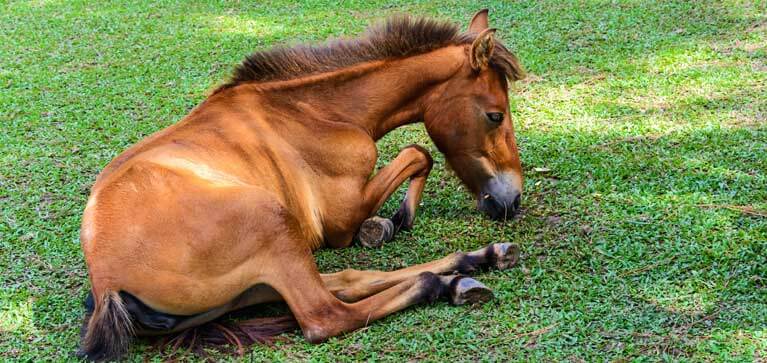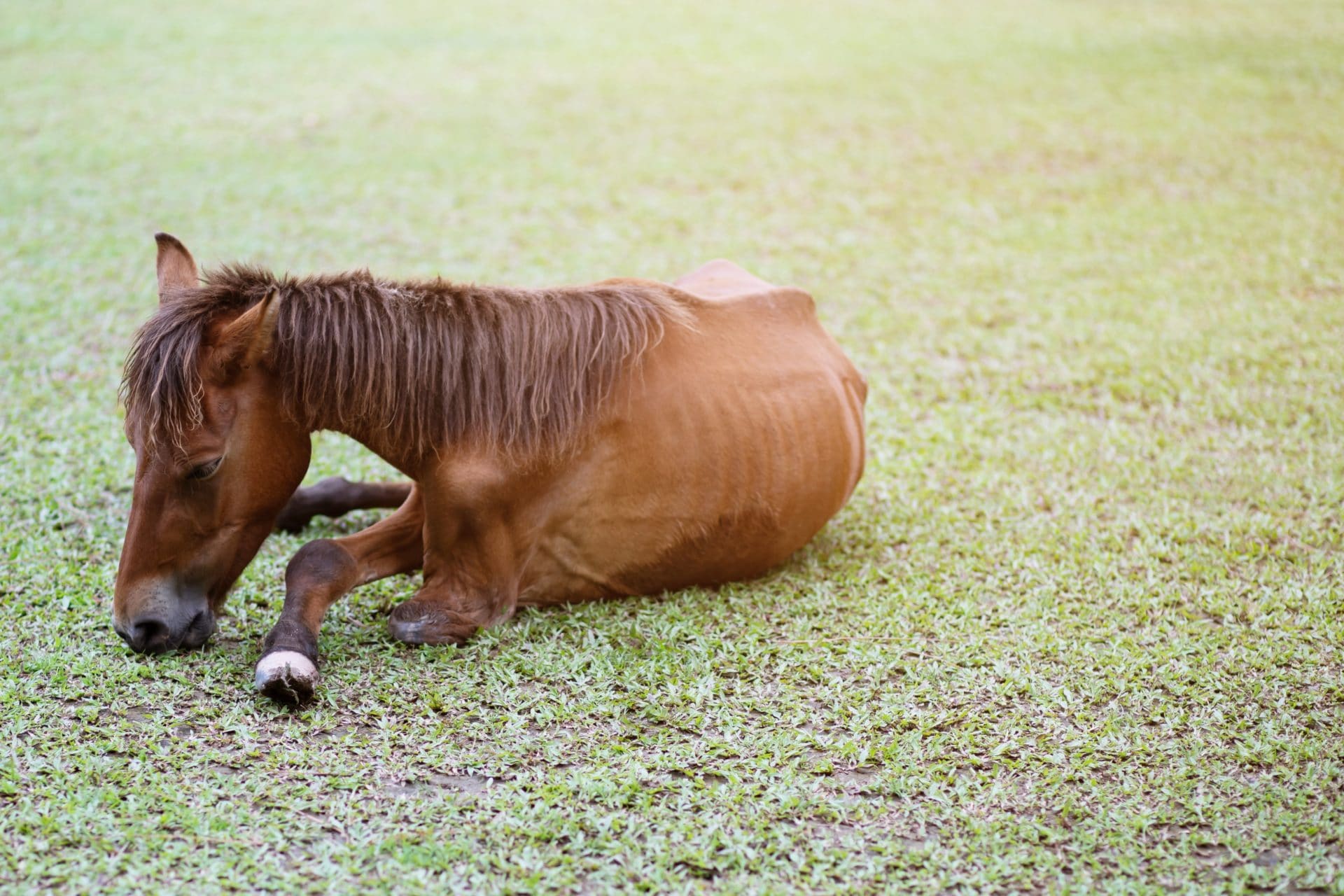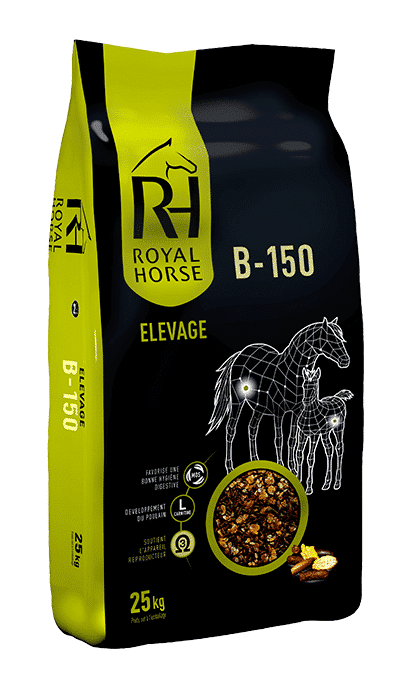The development of horses can be punctuated by many disorders. Particularly fragile, foals can suffer from several syndromes or diseases that prevent their growth from proceeding smoothly. Among others, ataxia, or Wobbler’s syndrome, can appear in foals before they are 2 years old and be very disabling depending on the severity of the syndrome.

What is ataxia in foals?
Ataxia, or Wobbler’s syndrome, is not a disease, but a set of symptoms. It is a neurological syndrome that causes a lack of coordination of the horse’s limbs and movements. In other words, the perception of the horse and its body in space is not correct, which leads to loss of balance and even falls, abnormal movements and changes in posture.
This syndrome is due to the compression of the spinal cord at the level of the horse’s cervical spine, which explains the poor transmission of information between the brain and the limbs. The first symptoms appear in the foal during its growth, around 1 or 2 years. Certain breeds are prone to this syndrome, especially heavy breeds of horses or breeds of horses that grow rapidly.
What are the causes of ataxia in foals?
The ataxia in the foal can have a genetic cause. Or it can be due to a too fast growth. The malformations of the cartilages and the bones can also take place during the gestation with the development of cervical malformations. Ataxia can also be the result of a trauma such as an accident, or a viral infection such as the neurological version of rhinopneumonia. Also, some studies show a link between the overfeeding of foals and the appearance of Wobbler’s syndrome.
How to recognize ataxia in foals ?
Many signs can lead to think that a foal is suffering from ataxia. However, only a veterinarian will be able to establish a diagnosis based on the symptoms observed. For example, a foal suffering from ataxia may have stiffness in the hind or front legs, have difficulty keeping its balance when standing still and therefore tends to spread its legs to stay upright, etc. However, depending on the severity of the syndrome, all of these symptoms may go unnoticed and can only be noticed by examining the foal very closely.
How to establish a diagnosis and how to treat ataxia?
To establish a diagnosis, the veterinarian will perform a neurological examination and may eventually use imaging. The intensity of Wobbler’s syndrome is graded according to 5 grades, from the least to the most intense. At grade 5, the foal can no longer move and remains lying down.
The sporting future of an ataxic foal is very compromised, since it cannot be cured. On the other hand, it is possible to prescribe non-steroidal anti-inflammatory drugs to reduce the pain. As far as surgery is concerned, it is only relevant for less than 25% of the cases of horses with ataxia. An osteopathic veterinarian can also relieve the foal through sessions, which should be planned on a long-term basis.
From a nutritional point of view, an adjustment can also be made for foals under one year of age. The horses’ diet can also be modified. In the case of foals, it should contain less protein and energy to delay bone growth. For foals with ataxia and other horses (stallions, broodmares,…), Royal Horse B100 and B150 feeds provide a balanced diet containing prebiotics, L-Carnitine and omega 3 and omega 6. They are available in the form of pellets (B100) and flakes (B150). In order to optimize the nutritional intake in breeding, it is recommended to respect the feeding programs that are specific to each feed and to adapt the quantity of feed distributed to the quality of the forage that often represents more than 50% of the ration (to do so, a forage analysis will be necessary).





